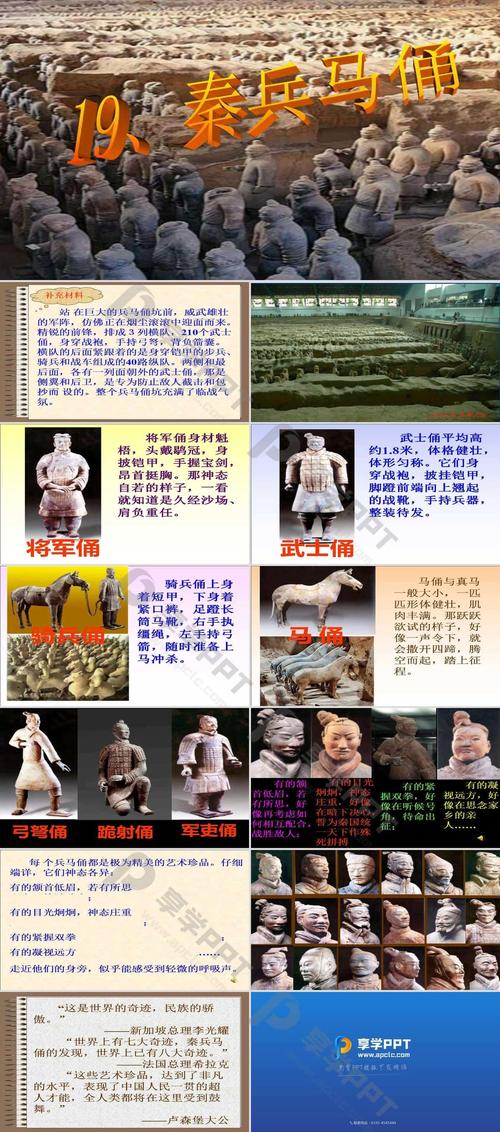
When Were Terracotta Army Figures First Used?
Early Terracotta Figures
While the Terracotta Army of Qin Shi Huang is famous worldwide, the use of terracotta figures, often for religious or funerary purposes, dates back much further. Small terracotta figures have been found in Greece from as early as 3000 BCE, showcasing the early use of this material for artistic and symbolic representation.
Larger Terracotta Objects
The creation of larger terracotta objects, marking a significant development in scale and technique, emerged later. Archaeological discoveries point to the existence of such objects dating back to the 7th century BCE. These pieces demonstrate a growing sophistication in working with terracotta and highlight its increasing importance in various cultures.
The Terracotta Army of Qin Shi Huang
The Terracotta Army, discovered in 1974 near Xi'an, China, stands as the most monumental example of terracotta figure use. This vast collection of life-sized terracotta soldiers and horses was interred with Qin Shi Huang, the first emperor of China, around 210-209 BCE. The army, meant to protect the emperor in the afterlife, is a testament to the advanced craftsmanship and artistic vision of the Qin dynasty.
The Significance of the Terracotta Army's Timeline
The creation of the Terracotta Army in the 3rd century BCE, centuries after the appearance of smaller terracotta figures, underscores several key points:
- Advancement in Terracotta Technology: The sheer scale and detail of the Terracotta Army showcase a mastery of terracotta production techniques that developed over time.
- Cultural Significance of Terracotta: The use of terracotta for such a significant imperial project underlines its cultural importance in ancient China.
- Evolution of Funerary Practices: The Terracotta Army reflects the evolution of funerary practices, from simpler offerings to elaborate displays of power and belief in the afterlife.
Conclusion
The use of terracotta figures has a long and rich history, evolving from small, symbolic objects to grand displays of artistry and power. The Terracotta Army of Qin Shi Huang, while created centuries after the earliest examples of terracotta use, remains an enduring testament to the artistry and ingenuity of ancient civilizations and their evolving relationship with this versatile material.
FAQs
1. What is the oldest known terracotta figure?
While pinpointing the absolute oldest is difficult, small terracotta figures from Greece date back to around 3000 BCE.
2. Why is the Terracotta Army so famous?
Its sheer scale, with thousands of life-sized figures, the individual detail of each soldier, and its historical significance as the tomb guardian of the first emperor of China make it remarkable.
3. What can we learn from the timeline of terracotta use?
We learn about the advancement of artistic techniques, the cultural importance of terracotta, and the changing nature of funerary practices throughout history.